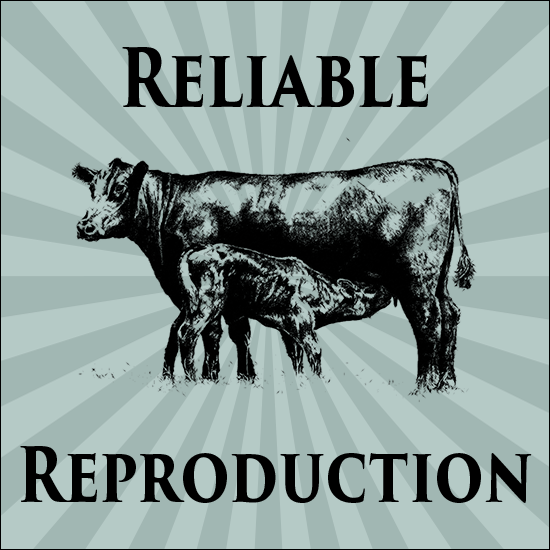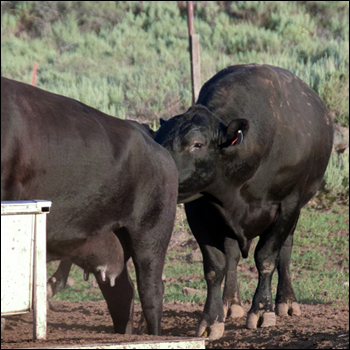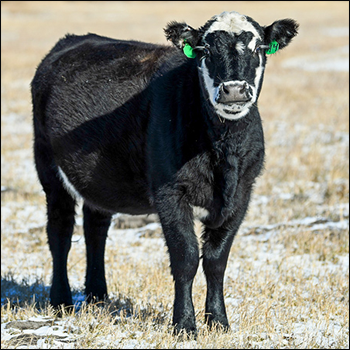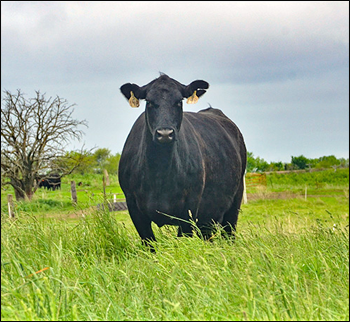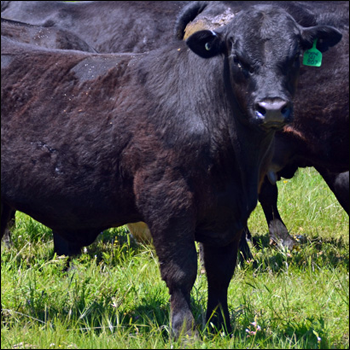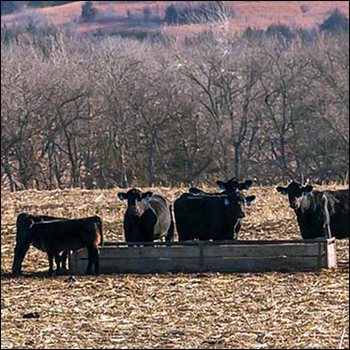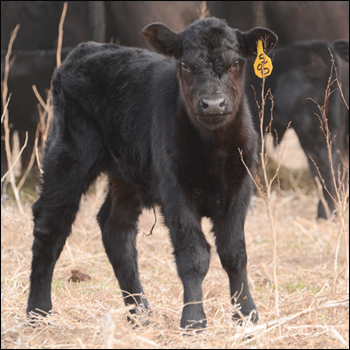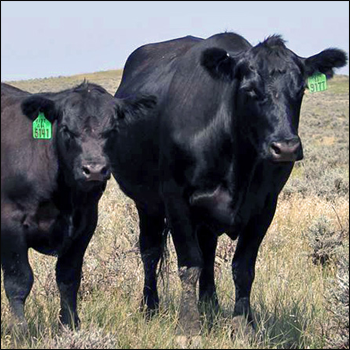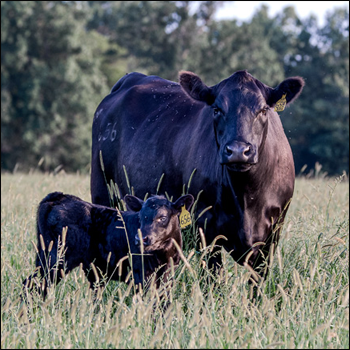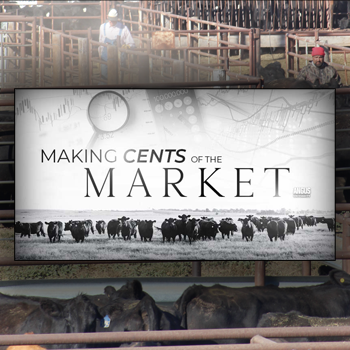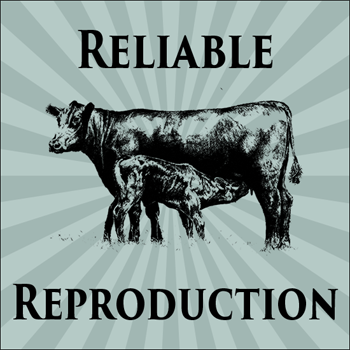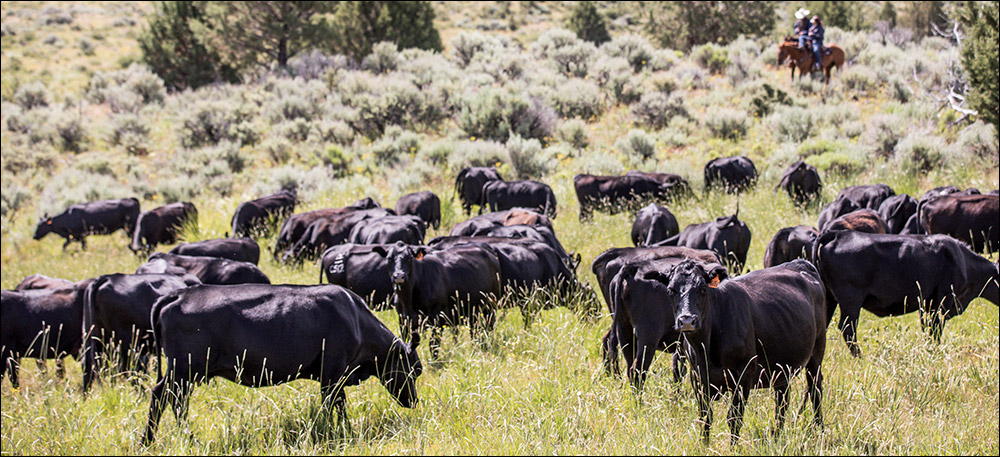
Angus Proud: Dave Rutan
Angus breeder gets the most out of his bull investment by partnering with opposite calving-season operation.

Your bull has a pretty good work-life balance. He works hard for 60-90 days, depending on your operation’s breeding season length. Then he gets to spend his days eating to regain body condition. Hopefully, he’s not spending the rest of his time breaking down fences or equipment.
There’s no doubt a bull is important to your herd, but how do you maximize the use of his time?
Dave Rutan, manager of Morgan Ranch of Oregon, has discovered a solution to this issue that’s worked for him for years. The ranch calves in the fall since they have a particular setup for breeding due to their high-elevation climate. The ranch is situated in the high desert and changes from 3,300 feet (ft.) elevation to about 8,000 ft.
“We have a bull partner that calves in the springtime,” Rutan says. “So, we send the bull over there for breeding, and we get it back in time to breed for fall calving.”
His climate poses both challenges and opportunities for management, and plays into his genetic selection.
“We grew up with Hereford cattle, and then the Angus breed came into play,” Rutan says. “I really like them because they are very good mothers. There is just a lot of good things about them. They are very problem-free, easy-calving, and they turn in good weaning weights. They are an animal that will run good in just about any environment.”
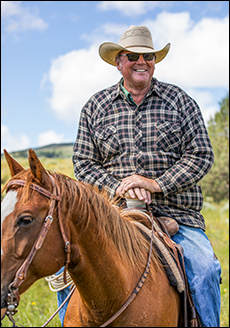 |
Dave Rutan prides himself on producing high-quality Angus cattle that can survive and thrive in almost any climate. |
Rutan prioritizes one thing for his operation — balance.
“We want a good moderate-sized cow and not too little,” Rutan says. “We want all the performance and weaning weight you can get. We also take notice of carcass traits.”
This is especially true for bulls that Rutan buys to breed his herd.
“The perfect bull that we could buy would be above average on every single trait,” Rutan explains. “We believe buying the right bull to match the right cow herd will produce a really balanced animal that works for us, but also goes to the feedlot and works for them.”
Rutan prides himself on producing high-quality Angus cattle that can survive and thrive in almost any climate. His Oregon climate has plenty of variability. He notes part of their ranch averages about 8 inches (in.) of rain, and other parts average about 15 in. of rain. Irrigation of some sort is necessary to survive.
Part of the ranch’s land is owned by the Bureau of Land Management (BLM).
“One of the best things about where we are located is that we have a ton of acreage,” Rutan says. “We’re able to work with our climate to rotate our herds as needed onto the different pieces of land that we own.”
The 600-plus-head operation has an advantage when it comes to weather and climate, he says. “We are able to turn out earlier in the springtime, which allows us to not have to feed them for as long. In the higher elevations, during the summertime, the grass stays a lot greener longer up there.”
He says they put up their own hay, by growing alfalfa and other types of grasses. They are able to sell some of it, too.
If there is an opposite-season calving herd nearby, Rutan’s solution to the bull’s worktime dilemma may be an option to consider.
Editor’s note: Jessica Wesson was the 2021 editorial intern for the Angus Beef Bulletin. Photos by Morgan Boecker, Certified Angus Beef.

Angus Proud
In this Angus Proud series, Editorial Intern Jessica Wesson provides insights into how producers across the country use Angus genetics in their respective environments.
 Angus Proud: Scott Sproul
Angus Proud: Scott Sproul
Oklahoma operation learned wisdom of moving calving season to better suit their marketing needs.
 Angus Proud: Bubba Crosby
Angus Proud: Bubba Crosby
Fall-calving Georgia herd uses quality and co-ops to market calves.
 Angus Proud: Jim Moore
Angus Proud: Jim Moore
Arkansas operation retains ownership through feeding and values carcass data.
 Angus Proud: Les Shaw
Angus Proud: Les Shaw
South Dakota operation manages winter with preparation and bull selection.
 Angus Proud: Jeremy Stevens
Angus Proud: Jeremy Stevens
Nebraska operation is self-sufficient for feedstuffs despite sandy soil.
 Angus Proud: Dave Rutan
Angus Proud: Dave Rutan
Angus breeder gets the most out of his bull investment by partnering with opposite calving-season operation.
